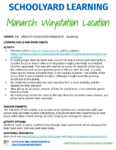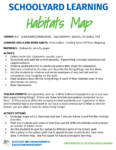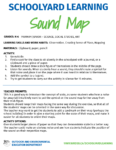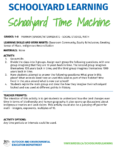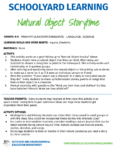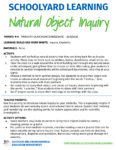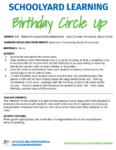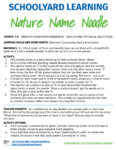January 20th, 2011
I was introduced to eBird by a bird scientist friend of mine – a regular eBird contributor – a year ago November, but at the time I did not understand the purpose other than to keep track of which bird species he had seen in his life (called a ‘life list’). Recently, I took the opportunity to explore this web database in more detail and was amazed at the power of the citizen science on this website.
I have summarized the purpose for eBird below, but you can read the full description or better yet, begin entering your data at eBird Canada.
eBird is a real-time, online checklist program that was launched in 2002 by the Cornell Lab of Ornithology and National Audubon Society. It provides rich data sources for basic information on bird abundance and distribution of species.
eBird’s goal is to maximize the vast numbers of bird observations made each year by recreational and professional bird watchers. In time these data will become the foundation for a better understanding of bird distribution across the western hemisphere and beyond.
eBird documents the presence of species, as well as bird abundance through checklist data. A birder simply enters when, where, and how they went birding, then fills out a checklist of all the birds seen and heard during the outing. Any contribution made to eBird increases our understanding of the distribution, richness, and uniqueness of the biodiversity of our planet.
Also, eBird keeps track of your personal sightings. At the centre I have made daily records of each species seen during winter months since 2007, but until now that data was only accessible to me, and visiting students. By entering them into the eBird database these sightings will not only be available to science, but also to any students in our Board that would like to see them.
Questions on many levels can be answered by entering sightings, times, and places:
Personal/Centre questions – when the first Red-winged Blackbirds return to the property each spring;
Regional questions – how quickly House Finches are spreading throughout the province; or
International questions – each year during migration, hundreds of species fly from southern wintering grounds to northern breeding grounds, following the flush of summer insects. When do they leave? Where do they breed? And when do they return home?
Whether recording common birds in your backyard or searching for rarities, your sightings of these birds – with time, date, and location included – are data that can help ornithologists answer the broader questions.
Your checklists document the presence (and ideally absence) of species at a specific time and geographic location. Plotting all of the observations of that species over days, weeks, months, or years allows eBird scientists to determine the species’ range, including movement patterns and changes in distribution.
You can see an example of a map created from this data showing the seasonal movements of the White-throated Sparrow that breeds in the Boreal Forests of Canada and the Northern U.S.
Happy birding!!
